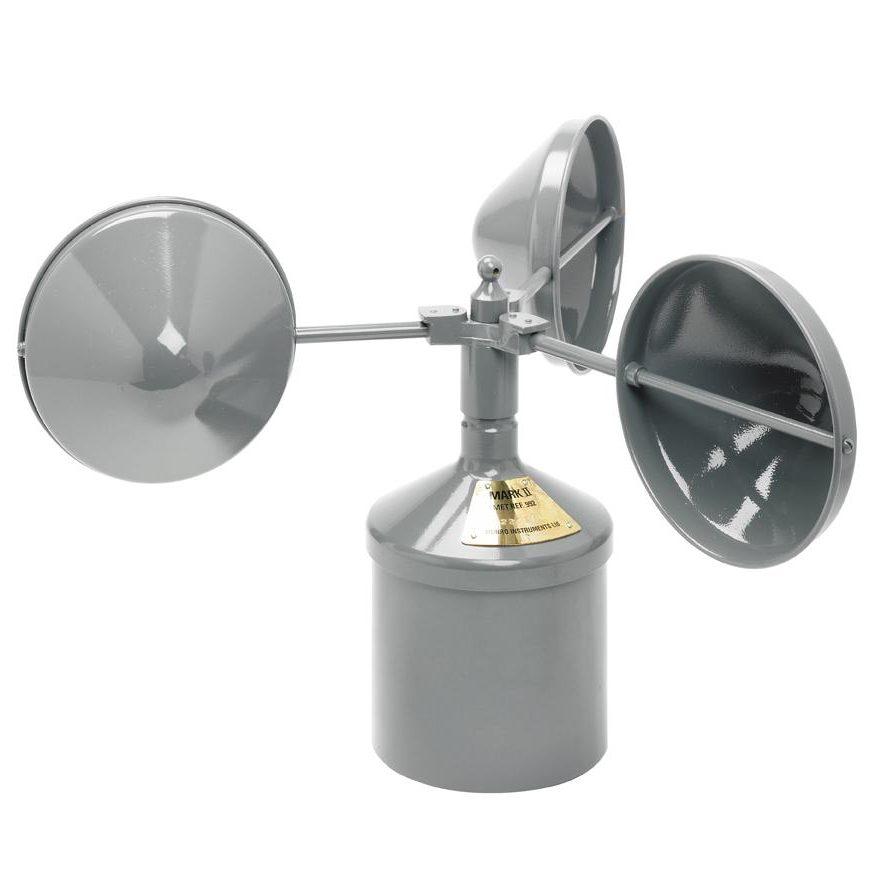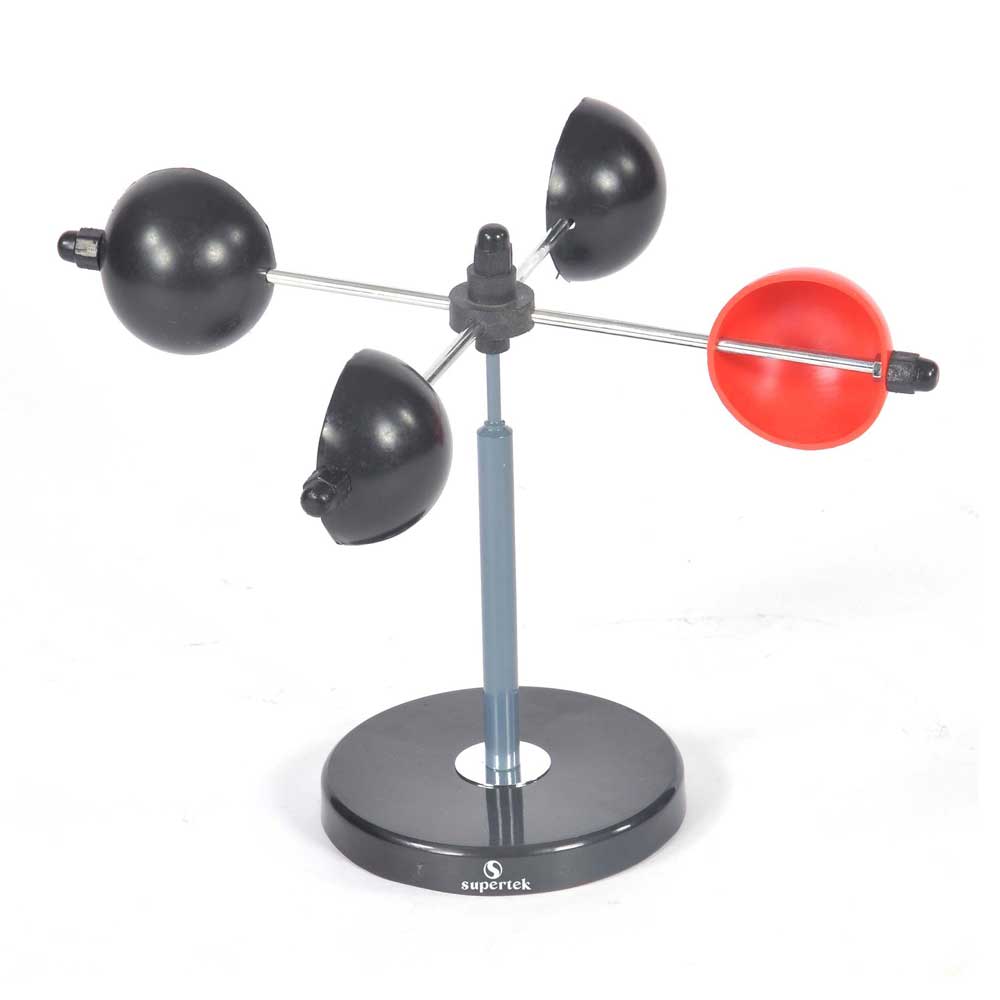Expert Tips for Adjusting Your Anemometer for Optimal Efficiency
Expert Tips for Adjusting Your Anemometer for Optimal Efficiency
Blog Article
Anemometers Unveiled: Understanding Their Relevance in Environmental Tracking and Safety Actions
The function of anemometers in ecological surveillance and precaution is often taken too lightly, yet their value is undeniable. These tools have a lengthy history rooted in scientific inquiry and technological developments, advancing to become important tools in numerous areas. From meteorology to aviation safety, anemometers play an essential duty in giving precise data that informs decision-making procedures and improves general safety. Recognizing the ins and outs of anemometers reveals a world of crucial insights that are fundamental to our understanding of the setting and the procedures we take to ensure safety and security.
Background of Anemometers
The advancement of anemometers can be mapped back to the old people where fundamental wind measuring gadgets were very first made use of. One of the earliest known anemometers was the hemispherical mug anemometer created by Leon Battista Alberti in the 15th century.
In the 18th century, the popular researcher John Thomas Romney Robinson presented the Robinson anemometer, which featured four hemispherical mugs installed on straight arms that prolonged from a central axis. This style ended up being a requirement in atmospheric dimensions due to its accuracy and integrity. Over the years, advancements in technology caused the development of more contemporary anemometers, including ultrasonic anemometers and laser Doppler anemometers, using increased precision and efficiency in gauging wind speed and instructions. The history of anemometers showcases an exceptional journey of technology and progression in the field of weather forecasting.
Kinds of Anemometers
Throughout the field of weather forecasting, various types of anemometers have been developed to accurately determine wind rate and direction. Sonic anemometers use ultrasonic signals to determine wind rate and instructions accurately. Hot-wire anemometers operate based on the principle that the cooling result of wind on a heated cable is proportional to the wind speed.
Applications in Weather Forecasting
Having actually gone over the various kinds of anemometers made use of in weather forecasting for gauging wind rate and direction, it is necessary to discover their useful applications in the field. Anemometers play a crucial role in weather forecasting by supplying real-time and accurate information on wind problems (anemometer). Meteorologists make use of anemometers to keep an eye on wind speed and direction to anticipate weather condition patterns, concern cautions for extreme weather condition events like twisters, storms, and storms, and assess weather for aeronautics safety and security
In i thought about this weather forecasting, anemometers assist in understanding local and regional wind patterns, which are important for forecasting climate modifications and determining weather patterns. These devices are additionally made use of in my website research study to research microclimates, city warmth islands, and air contamination dispersion. Additionally, anemometers are utilized in agriculture to optimize plant administration practices, such as watering and chemical application, based upon wind problems.
Importance in Aviation Security
An essential facet of making sure aviation security lies in the thorough monitoring of wind problems using anemometers. Anemometers play an important function in aeronautics by providing real-time data on wind speed and direction, aiding pilots in making educated choices during flight, liftoff, and touchdown. Solid and unforeseeable winds can dramatically impact aircraft procedures, making it important for aviation authorities to rely upon accurate wind measurements to guarantee the safety and security of travelers and team.

In the vibrant environment of aeronautics, where also small changes in wind rate and instructions can have extensive effects, anemometers stand as vital tools for promoting secure and safe air traveling.
Role in Environmental Study
How do anemometers add to improvements in ecological research? Anemometers play a vital duty in ecological research study by providing important information on wind rate and direction. This info is important for understanding different atmospheric processes, such as air pollution diffusion, climate patterns, and climate change. By properly measuring wind attributes, anemometers assist scientists evaluate the motion of contaminants in the air, analyze the influence of commercial exhausts, and anticipate the spread of pollutants in the setting.


Final Thought
In verdict, anemometers have actually played a crucial duty in environmental monitoring and safety and security steps. Understanding the value of anemometers is essential for accurately determining wind rate and instructions, which is important for predicting climate patterns, making sure safe aeronautics operations, and conducting environmental studies.
One of the earliest recognized anemometers was the hemispherical cup anemometer designed by Leon Battista Alberti in the 15th century. Over the years, innovations in modern technology led to the advancement of more modern anemometers, consisting of ultrasonic anemometers and laser Doppler anemometers, using boosted accuracy and effectiveness in determining wind rate and instructions. Hot-wire anemometers run based on the principle that the cooling effect of wind on a heated cord is symmetrical to the wind rate. Meteorologists make use of anemometers to keep an eye on wind speed and instructions to anticipate weather condition patterns, issue cautions for extreme weather occasions like hurricanes, tornados, and typhoons, and assess climatic problems for air travel security.
Comprehending the significance of anemometers is vital for precisely measuring wind rate and instructions, which is important for predicting weather patterns, making sure risk-free air travel operations, and conducting environmental research studies. (anemometer)
Report this page